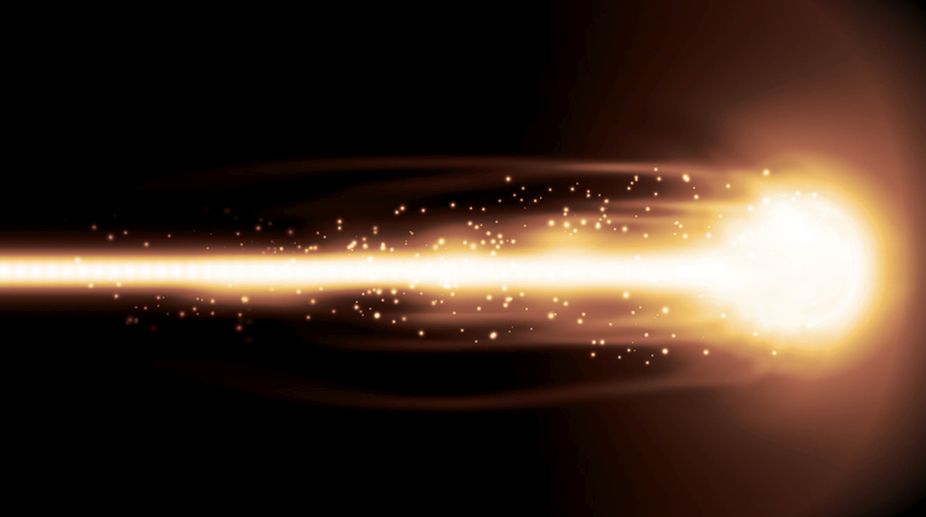Large comets that take more than 200 years to make one revolution around the Sun are more common in the universe than previously thought, a new study conducted by the US space agency NASA has said.
Based on observations by the agency's WISE spacecraft, the study found that the number of long-period comets measuring at least one kilometer across was about seven times more than it had been predicted previously, reports Xinhua news agency.
Advertisement
"Because they spend most of their time far from our area of the solar system, many 'long-period comets' will never approach the Sun in a person's lifetime," NASA said in a statement.
"In fact, those that travel inward from the Oort Cloud — a group of icy bodies beginning roughly 186 billion miles (300 billion km) away from the Sun — can have periods of thousands or even millions of years," it said.
The existence of so many more long-period comets than predicted suggests that more of them have likely impacted planets, delivering icy materials from the outer reaches of the solar system, the study said.
The new study also found that long-period comets have a mean nucleus size of 2.1 km in diameter, roughly twice as large as "Jupiter family comets", whose orbits are shaped by Jupiter's gravity and have periods of less than 20 years.
The results reinforced the idea that comets that pass by the Sun more often tend to be smaller than those spending much more time away from the Sun, NASA said.
That is because Jupiter family comets get more heat exposure, which causes volatile substances like water to sublimate and drag away other material from the comet's surface as well.
Previously, astronomers had no good way of measuring the sizes of long-period comets because a comet has a "coma", a cloud of gas and dust that appears hazy in images and obscures the cometary nucleus.
But by using the WISE data showing the infrared glow of this coma, scientists were able to "subtract" the coma from the overall comet and estimate the nucleus sizes of these comets.
The data came from 2010 WISE observations of 95 Jupiter family comets and 56 long-period comets. The observations were carried out during the spacecraft's primary mission before it was renamed NEOWISE and reactivated to target near-Earth objects.
The findings were published in the Astronomical Journal.











